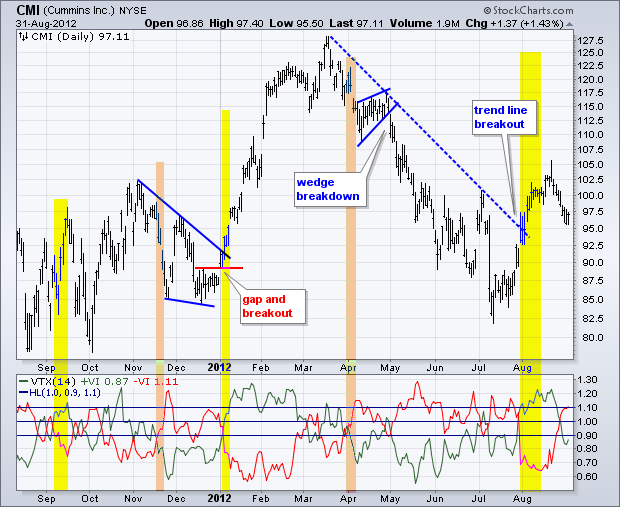Technical Risk Ratios
Post on: 31 Май, 2015 No Comment

M ost investors would be aware that there is a risk vs. reward component to every investment. To use a simple example, Guaranteed Investment Certificates (GICs) have low (principal) risk since the capital invested is guaranteed but correspondingly, the reward is low as one can tell from the rates offered in the current market environment. On the other hand, stocks have a high risk since the invested capital could theoretically go down to zero if the company goes bankrupt. Nonetheless, this risk is offset by the higher return achievable through a combination of dividends and capital gains. Hence, investors use technical risk ratios to assess the risk-adjusted return of an investment. The following is a brief overview of each of them.
R-Squared
R-squared measures the degree of correlation between the movement of the security/fund in relation to the index. R-squared values range from 0 to 100: an R-squared of 100 indicates that all movements of a security can be explained by movements in the index, while an R-squared value of 70 or less signifies that the security does not behave like the index. An R-squared value between 85 and 100 indicates the securitys movements are similar to its benchmark index. A high R-squared value makes beta (see below) more useful, whereas a low R-squared value renders the beta irrelevant.
Beta
Beta refers to the reaction (volatility ) of the stock or fund to changes in market conditions. A beta of 1 indicates that the price movement of the stock will follow the markets. In other words, if the index rises by 5%, then the security with a beta of 1 will also show a similar increase. A beta of less than 1 (e.g. utility stocks) means that the stock is less volatile than the market, while a security with a beta greater 1 will show higher volatility (e.g. technology stocks) than the market.
Alpha
Alpha is a coefficient which measures risk-adjusted performance and compares it to a benchmark index by considering the risk due to a specific security rather than the overall market. E.g. The excess return achieved by a mutual fund with respect to the return of the benchmark index is its alpha; an alpha of +1.0 means that the fund has outperformed its benchmark index by 1% and an alpha of -1.0 means that the fund has underperformed its benchmark index by 1%.
Standard Deviation
This metric measures the fluctuation of a dataset from the mean; the more variant the dataset, the higher the deviation from the mean. E.g. The annual return of a high-volatility technology stock may have a higher standard deviation than a Dividend Achievers List stock. Standard Deviation is an important tool for the computation of Sharpe Ratio.
Sharpe Ratio
Sharpe Ratio is defined as the degree of risk taken by a portfolio, in relation to the risk-free rate offered by a Treasury Bill, to achieve the desired performance (return). It is a useful metric to deduce if a portfolio return is due to investment skills (using low risk) or excess risk. The higher the Sharpe Ratio, the better the risk-adjusted performance. A negative Sharpe Ratio indicates that the Treasury Bill would have achieved a better return than the security in question!
Do you use any (or all) of these ratios to determine your stock or funds risk-adjusted performance? How have your numbers turned out? Is the added risk translating to better returns?
About the Author. Clark works in Saskatchewan and has been working to build his (DIY) investment portfolio, structured for an early retirement. He loves reading (and using the lessons learned) about personal finance, technology and minimalism. You can read his other articles here .














